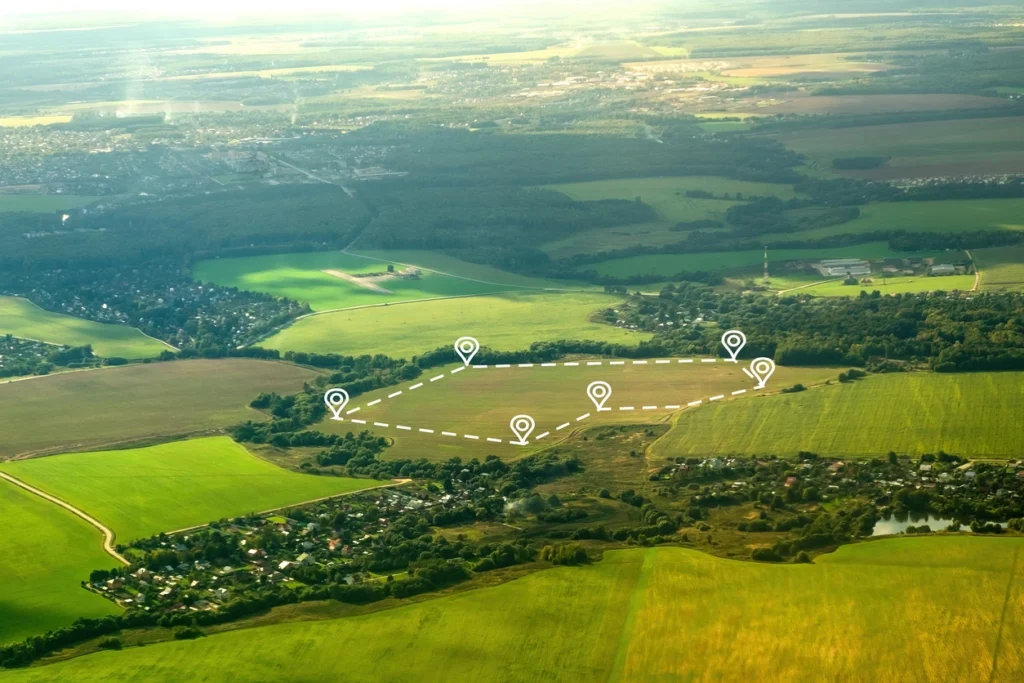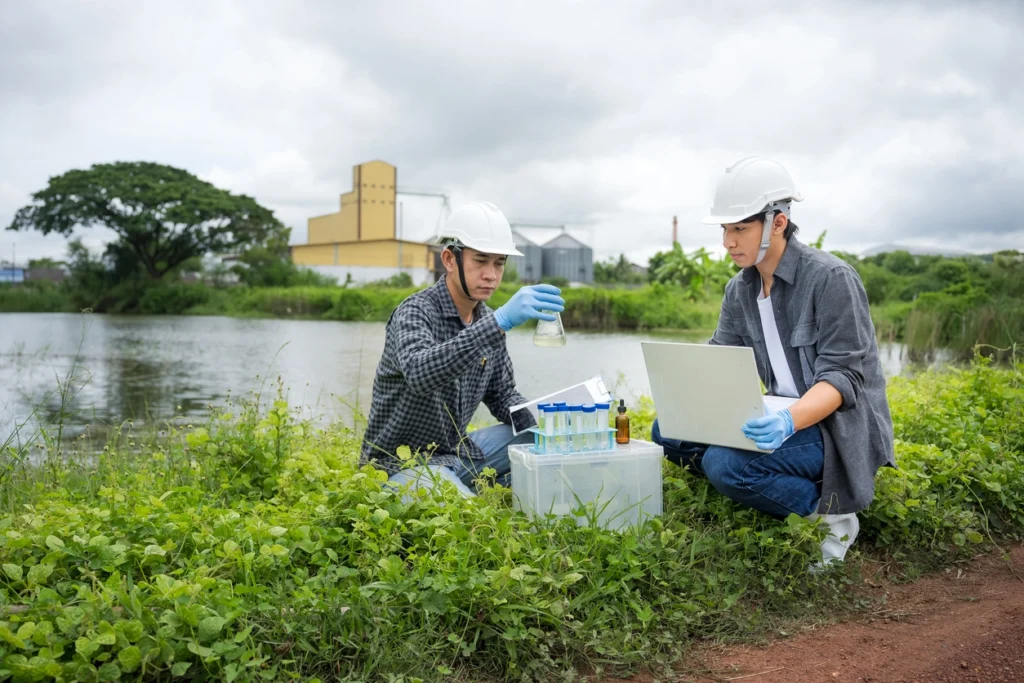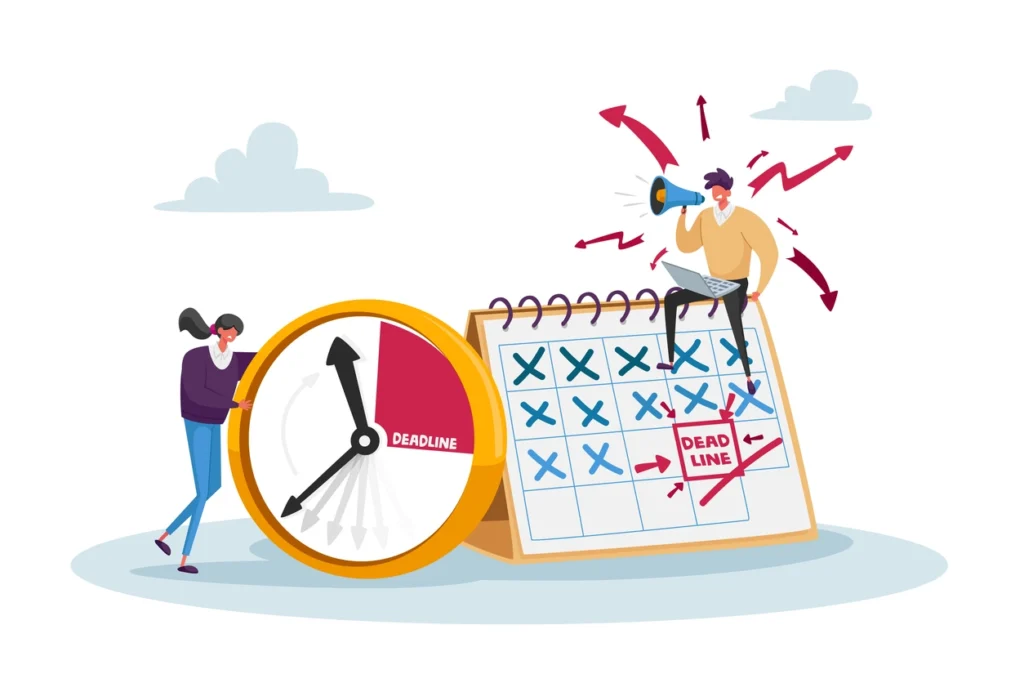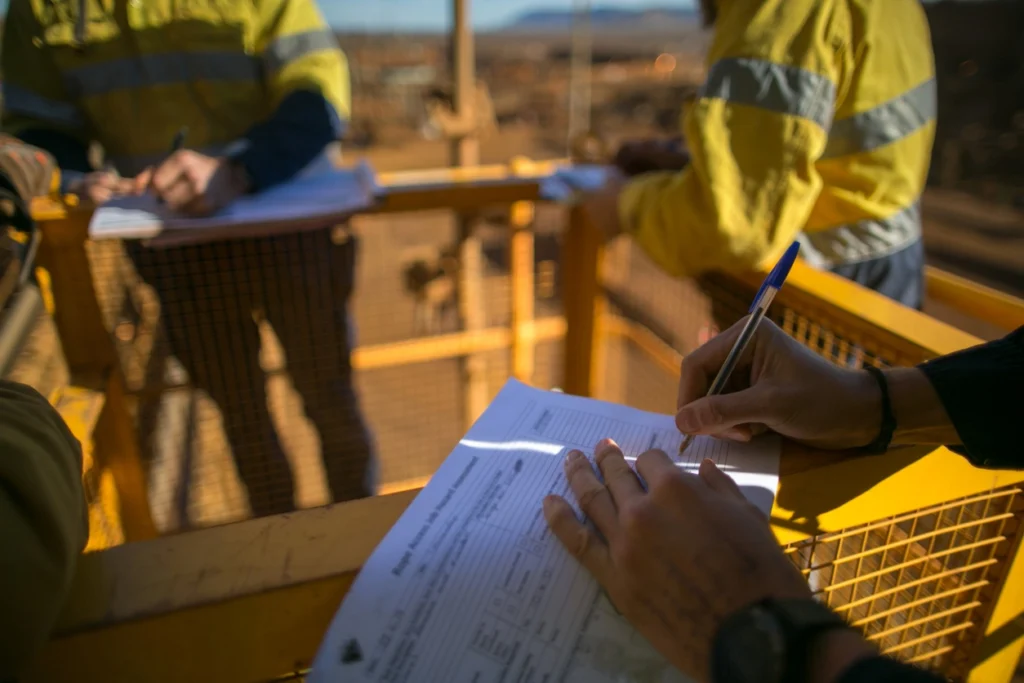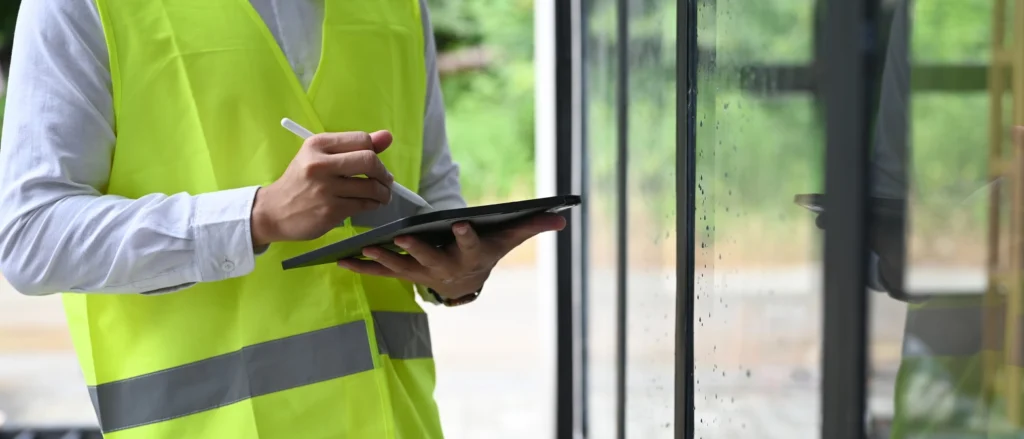Environmental Transaction Screens (ETSs) are preliminary assessment tools used to identify potential environmental risks associated with a commercial property. Its focus on readily available records and limited site visit makes it more streamlined than a comprehensive Phase I ESA.
Environmental Transaction Screens offer distinct benefits, making them attractive in certain situations. However, it’s crucial to recognize their limitations. Whether an ETS is the right approach depends on the specific property, the level of risk buyers are willing to accept, and any lender or regulatory requirements.
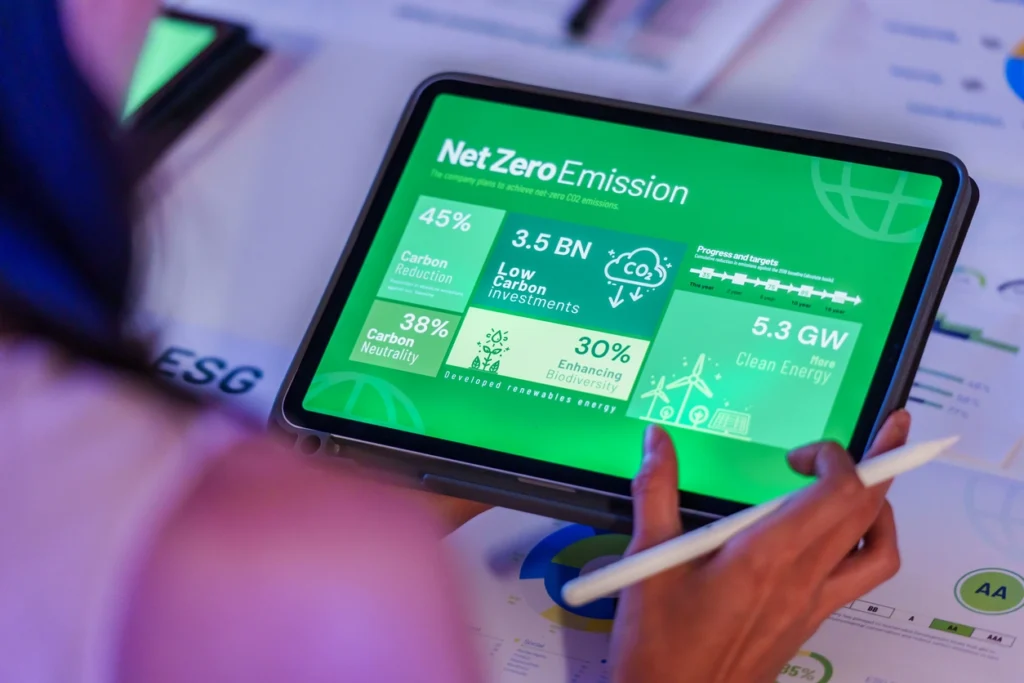
Pros (Advantages) of Environmental Transaction Screens
1. Cost-Efficiency
One of the primary draws of an ETS is the significant cost savings compared to a full Phase I ESA. This is due to the streamlined scope, primarily relying on record reviews and a potential limited site visit. ETSs are especially appealing for smaller transactions or when budget constraints are a major factor.
2. Faster Turnaround
The ETS process emphasizes readily available documents and a faster pace than a Phase I ESA. Turnaround times for an ETS often fall within a week or two. This can be extremely beneficial in real estate scenarios where a timely decision is crucial to secure a property or meet lender deadlines.
3. Preliminary Risk Identification
While not as in-depth as a Phase I ESA, a well-conducted ETS can still reveal key “red flags.” Historical research or a brief site visit might uncover evidence of past land uses (e.g., gas stations, industrial sites) or current practices that could indicate contamination risks. This initial screening offers valuable insights early in the transaction process.
Cons (Limitations) of Environmental Transaction Screens
1. Limited Scope
Unlike a Phase I ESA with its detailed interviews, in-depth historical research, and comprehensive site inspection, an ETS provides a more basic level of assessment. Its reliance on records and a potentially limited site visit introduces the possibility of missing hidden environmental hazards.
2. Reduced Liability Protection
To claim the “Innocent Landowner Defense” under CERCLA, strict adherence to Phase I ESA standards is often required. An ETS generally falls short of these requirements, leaving buyers potentially more exposed to liability should contamination be discovered later.
3. Potential for Hidden Issues
An ETS might not detect contamination that requires sampling and testing for identification (e.g., some soil or groundwater contamination). Additionally, a limited site visit might miss subtle visual clues of environmental problems.

When ETS Might Be a Good Fit
Scenario 1: Low-Risk Property with Tight Timeline
- Property: A vacant lot in a primarily residential area with no obvious signs of past industrial use.
- Why ETS Might Suffice: The low likelihood of significant contamination, combined with a need for quick assessment (e.g., competitive offer situation), could make an ETS an acceptable approach. It provides a baseline environmental understanding while saving time and money.
Scenario 2: Preliminary Screening
- Property: An old commercial building with an unknown history.
- ETS Value: An ETS might uncover obvious red flags through historical research or a site visit, indicating that a full Phase I ESA is warranted. In this sense, the ETS serves as a cost-effective first step in a potentially tiered assessment process.
Key Takeaway: ETSs work best for seemingly low-risk properties or when used strategically as an initial screening tool.
When ETS Are NOT the Best Choice
Scenario 1: Known Contamination Potential
- Property: A property with documented past use as a dry cleaner (where solvents might have been used) or a site with a known spill or release of hazardous materials.
- Why a Phase I ESA is Needed: These scenarios require deeper investigation, potentially including sampling and testing, which only a Phase I ESA can provide. Relying on an ETS would leave a buyer vulnerable to unknown liabilities.
Scenario 2: Lender/Regulatory Requirements
- Situation: In some cases, lenders or regulatory agencies might mandate a full Phase I ESA, especially for properties with perceived higher environmental risk.
- Importance of Compliance: An ETS would not fulfill the due diligence requirements in these situations.
ETSs aren’t a substitute for a Phase I ESA when dealing with properties with a history of potentially contaminating activities, when there’s an existing suspicion of contamination, or when specific legal or regulatory requirements demand a more comprehensive assessment.
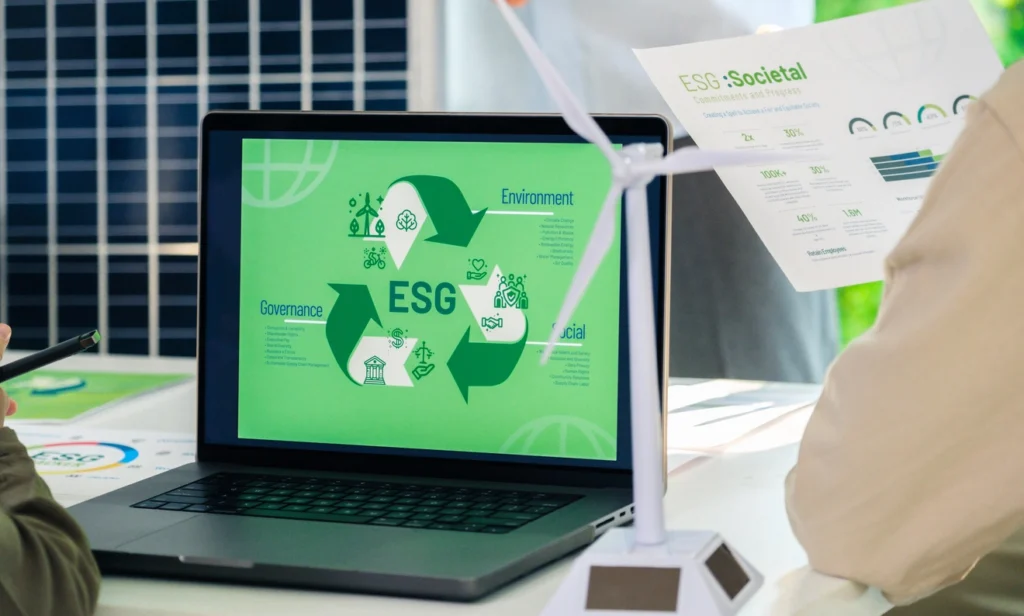
Environmental Transaction Screens: Finding the Right Fit
Environmental Transaction Screens (ETS) offer a targeted tool within the broader spectrum of environmental due diligence. Their cost-effectiveness and speed can be advantageous in the right scenarios. However, understanding the inherent limitations of an ETS is crucial to avoid potential pitfalls.
The decision to use an ETS hinges on a careful analysis of the specific property’s risk profile, transaction timelines, and any lender or regulatory requirements. In situations involving high-risk properties, seeking maximum liability protection, or facing strict due diligence mandates, a full Phase I ESA remains the gold standard.
Ultimately, a strategic approach to environmental due diligence, understanding the strengths and limitations of both ETSs and Phase I ESAs, empowers buyers, sellers, and lenders to make informed decisions and proactively manage environmental risks throughout the real estate transaction process.
Frequently Asked Questions About Pros and Cons of Environmental Transaction Screens
Is an ETS ever sufficient for liability protection?
In some limited cases, mainly for very low-risk properties, an ETS done meticulously might offer a degree of protection. However, to maximize your chances of the “Innocent Landowner Defense” under CERCLA, the comprehensive Phase I ESA adhering to ASTM standards remains the preferred choice. Consult with your real estate attorney for the most up-to-date and situation-specific legal guidance.
I got an ETS, and it raised concerns. Do I automatically need a Phase I, or are other options available?
While a Phase I ESA is often the recommended next step, there might be alternatives. Consult with your environmental professional. Sometimes, targeted sampling (e.g., limited soil sampling in a specific area) might provide enough information to resolve the concerns without a full Phase I.
Do lenders ever accept an ETS instead of a Phase I ESA?
It depends on the lender, the property, and their risk tolerance. For simple, low-risk transactions, some lenders might accept a well-conducted ETS. However, many, especially for larger loans or properties with any hint of potential risk, will require the more rigorous Phase I ESA.
My property seems simple, but how can I be sure an ETS is enough?
While past use is a good indicator, surprises can occur. Discuss with your environmental professional how confident they are that an ETS will meet your needs. Consider factors like the age of the property, zoning in the area, and your own comfort level with potential risk.
Is it cheaper to just get a Phase I ESA upfront, instead of starting with an ETS?
Not always. If a property is truly low-risk, the combined cost of an ETS and a subsequent Phase I ESA might exceed the price of just doing a Phase I from the outset. However, if an ETS uncovers no issues, or if time is of the essence, the ETS can be the best initial strategy, potentially saving you money and expediting the process.

